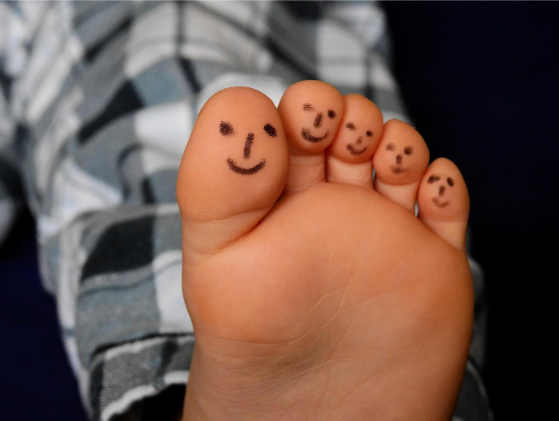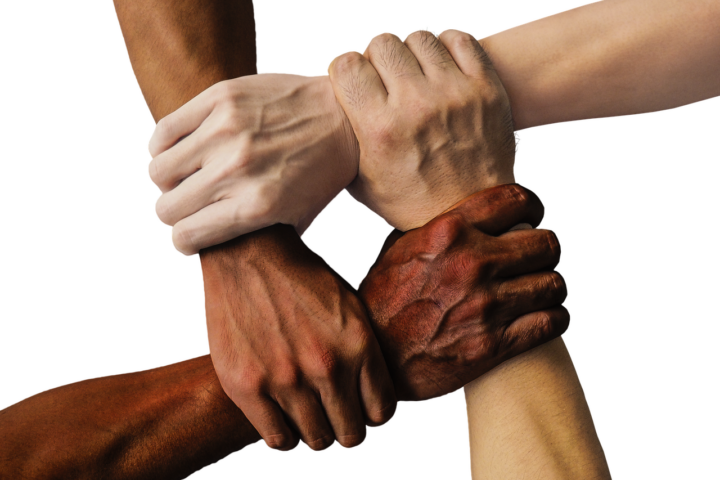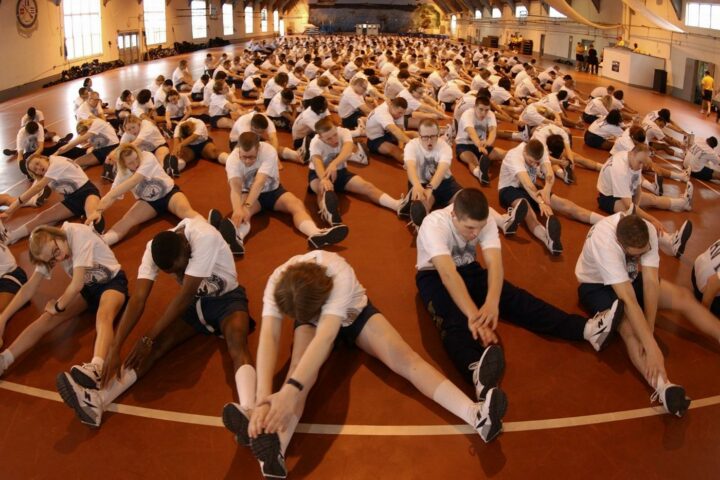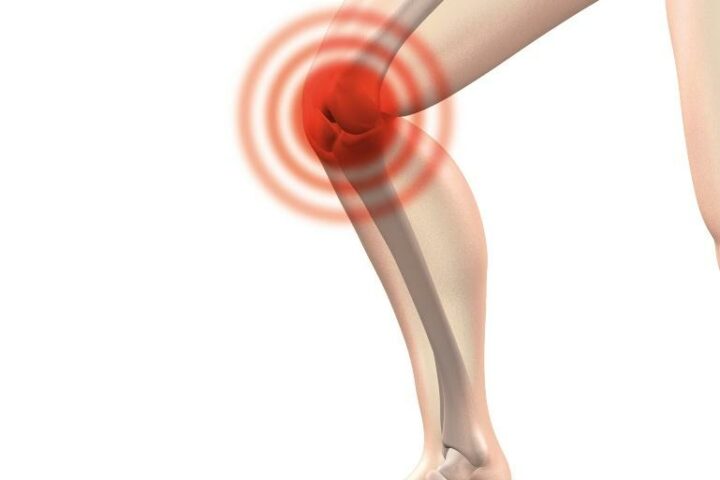Do I have flat feet? Does it matter?
Like many things in medicine, the answer is:
it depends.
Flat feet can be Congenital or Acquired.
Crossed leg test.
Have a seat and take off your shoes and socks. Put one ankle on the opposite knee and look at your foot. There is an arch that runs from your big toe to your heel. This can be high, medium, low, or nonexistent.
What if I do not see an arch?
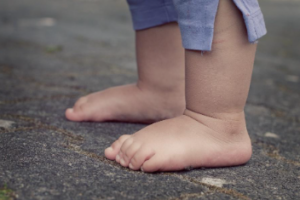
If your arch is flat when you are seated (unweighted) and you have not been run over by a steamroller (loony tunes) or had surgery on your feet, then this is your normal foot and should be left alone. Do not try to add an arch support or correct it with surgery.
To quote Lady Gaga “Baby, I was born this way”. Adding extra “support” will likely cause pain and dysfunction.
I do have an arch seated, but when I stand up it flattens out.
Now, this is something different. This phenomenon is called a Navicular drop and you likely have Acquired Flat Feet. Something happened and the arch you should have had is not working properly.
Why does it matter?
Try standing again barefoot, feet hip-width apart. Twist your hips all the way in one direction. Look down at your feet. The leg that is turned out should have brought back some of the arch in your foot. The internally rotated leg may have dropped even further. Then twist the other way. What you should be realizing is that if your arch drops, this causes your entire leg to internally rotate. This changes the force on your feet, ankles, knees, hips, and spine.
Your arch is also a shock absorber for your foot.
When you move your arch is meant to collapse and then return as you move from heel to toe.
What can cause your arches to drop?
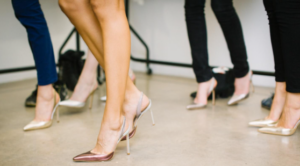
Cultural and fashion choices are two big factors. Toes are not triangular shaped, forcing a squarish foot into an elf toe is bound to cause problems. Heels of over an inch and a half are generally discouraged because they are holding your toes in extension, and your calves in a shortened position, and block the normal motion of your arches.
Some other factors include age, weight gain, and pregnancy.
What shoes should I wear?
Something comfortable. When you are wearing shoes, they should match your feet. If you have a low arch your shoes should probably have a low arch. If you have high arches, a high arch should be more comfortable for you. Is your big toe shorter than your middle toe? A more rounded toe box would work better than a flat front. There should be room for your toes to splay (spread) when you come up on your toes.
What about rigid (hard plastic or metal) orthotics?
Only rarely are these helpful and should only be used as a last resort. They can be very helpful if you are standing still, but your arch is meant to move, and this type of insert prevents your arch from acting as a shock absorber when you move.
Is it good to be barefoot?
In a safe space free of Legos and glass take off your shoes and start using your feet. If needed start small and slow. Like any muscle, it takes time to build strength. If you have spent your whole life wearing shoes all day your brain thinks of your foot as one big shoe-sized lump. Start teaching your brain how dexterous your feet can be. Learn to use your feet to pick up small objects and move them. Play in the sand with your toes.
Most of life is in places where it is not appropriate/safe to walk around barefoot. We do not have the calluses or skill to just throw away our shoes.
What about barefoot shoes?
This is a way to come closer to being barefoot while protecting against cuts, bruises, and infection. If you have pain and dysfunction or are mostly on hard surfaces like concrete this may not be the best answer for you.
We can help accelerate the healing process and teach you how to break the cycle of pain returning with use. Contact one of our medical providers at Beyond Wellness! 703-219-8354 or www.mybwdoc.com
Author:
Dr. Martin C. Donnelly, DC, CCEP, CKTP, FAKTR-PM, GRASTON Certified

